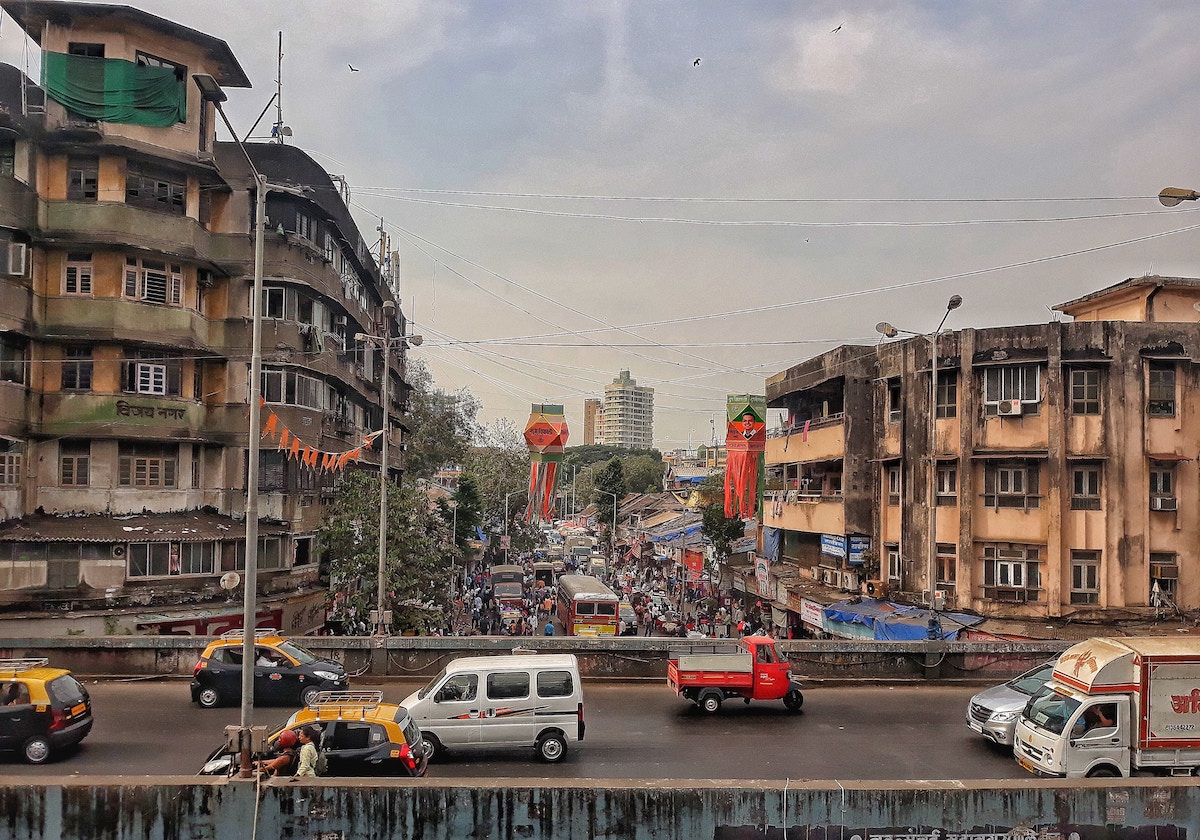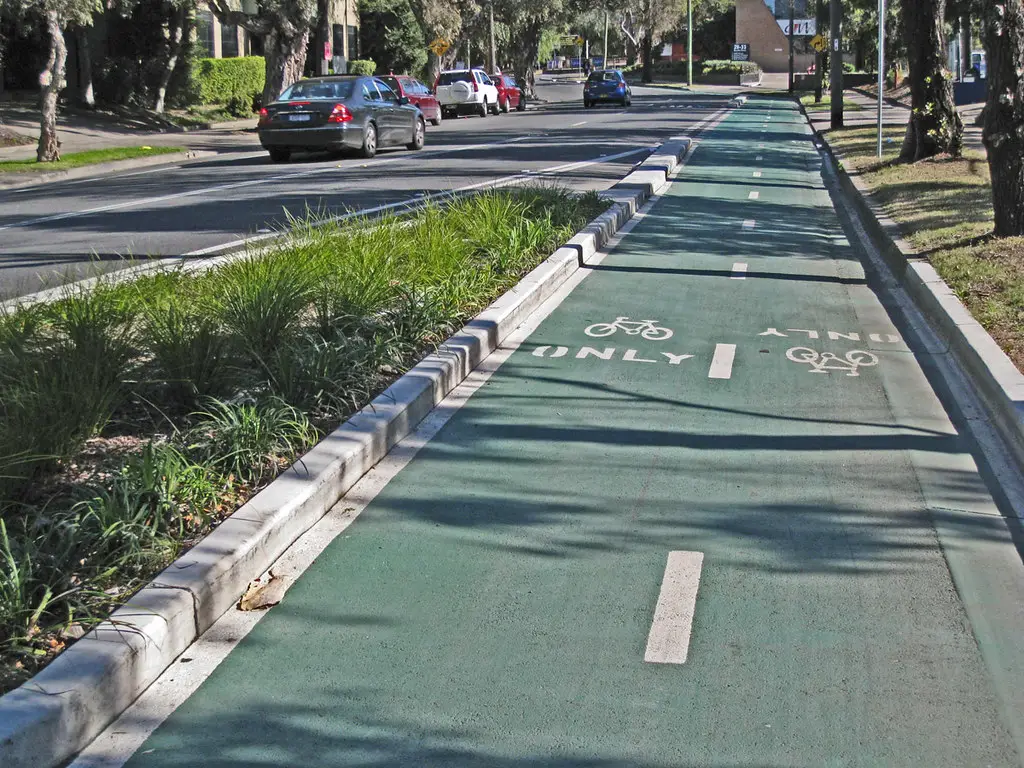Creating new Intelligent Cities is a grand plan that should be lauded but what if nobody wants to live in the cities you’ve created? Masdar, Curitiba, and Sogndo are all excellent examples of urban planners looking to create viable, sustainable environments but how do you plan for something as intangible as how a city ‘feels’?
New cities are just like new businesses, they need the dynamic individuals, the early-adopters to drive innovation and create an attractive place to live. The cities with the strongest hold on people have long been those with a strong aesthetic dimension.
Think of the world’s global cities: Paris, Tokyo, London, New York, Sydney. These places provoke an emotional attachment, a nostalgic memory or an aesthetic for people around the world. It makes them desirable places to live, regardless of how high the cost of living is. It is these intangible qualities that make them global cities. In a world where talented individuals can pick their place to live, the best aren’t going to settle for generic urban landscapes and bland global tastes. The planned communities of tomorrow have to tailor themselves to the talent that big businesses’ will want to employ.
The same is also true of the urban areas that have existed for hundreds of years. Looking to the future is a healthy exercise. Not just because it provides us with a glimpse of work-in-progress technology. But also because it allows us to see the flaws in our current urban landscape and how these can best be remedied. Companies go bust. Cities rarely do.
People’s strengths are magnified in cities because ideas spread more easily in dense environments. Companies that are located near the geographic centre of their industry are more productive (Silicon Valley, Hollywood, etc) and both wages and skills grow faster. These cities thrive because they are host to quality ideas, not because they build new conference centres.
The intelligent cities of tomorrow won’t be planned oases in the desert, or smart-suburbs tacked onto existing urban centres. They will be our existing towns. To promote the idea of sustainable cities we need to look towards the examples currently being expounded, of older urban areas that are re-imagining the idea of what it means to be a city in the 21st century.
The example of Newcastle, Australia shows how cities that have experienced great economic hardship can encourage innovation and entrepreneurship, creating dynamics that allow for, and foster, experimentation, rather than aiming for grand solutions and expecting them to arrive fully formed. The idea of light, quick, and cheap interventions have been expanded to lead a city-wide renewal that is strengthening community ties and making Newcastle an attractive destination in its own right.
I visited Newcastle in the spring of ’06. A recent shark attack had closed the beaches and, with time on my hands, I spent a lot of time walking around the town. At the time, the four or five streets that comprised the compact city-centre contained a disproportionately large number of boarded up commercial buildings. The few stores that remained open were mostly outlet shops selling discounted clothes and shoes.
But, five years on, only a handful are still empty thanks to the work carried out by Renew Australia. In the last few years the empty spaces have been used to incubate over 60 new creative projects and enterprises of various kinds – galleries, studios, small publishers – have all helped to revitalise this former industrial town.
Marcus Westbury from Renew Australia has described the project as “a permanent structure for temporary things”. None of the enterprises make any claims to permanent occupation of a particular area. Because these projects are transient in nature, the whole endeavour allows regeneration to be driven by experimentation, rather than specific cosmetic improvements. Thus creating new dynamics that are generating more interesting and engaging public spaces.
Despite the recent fixation on smart-phone technology fostering new ideas of civic engagement, Newcastle shows us that old-fashioned face-to-face interaction still has a place. There is a worry that, government and planners might become too reliant on technology as a tool to drive a city’s development. Relying on citizen input through smartphones and the internet is to implicitly ignore those neighbourhoods without broadband infrastructure. The time will come for web-based technology to innovate the smart-cities of tomorrow but it’s not here just yet.
In the UK, cities like Ipswich (with the regeneration of the docklands and new University campus), Norwich (with the forward-thinking University of East Anglia) and our very own Newcastle (the UK’s most sustainable city) are perfectly poised to attract and keep the best talent. Instead of waiting for an improved rail network that’s years away from completion, why not look to Europe instead of London? These towns could become hubs for specific industries – in much the same way that Freiburg, Malmo, and Amersfoort have positioned themselves in opposition to the dominating urban centres of their respective countries.
As Richard Florida points out, what matters now is quality of place – what’s there; who’s there; and what’s going on. Rather than attracting large companies and creating jobs, the key factor for cities is to attract the quality of employee that forward-thinking companies demand. Often, the talent itself will create new companies and new innovations that will lay the foundation for new global cities.
Photo: N_i_c_o


